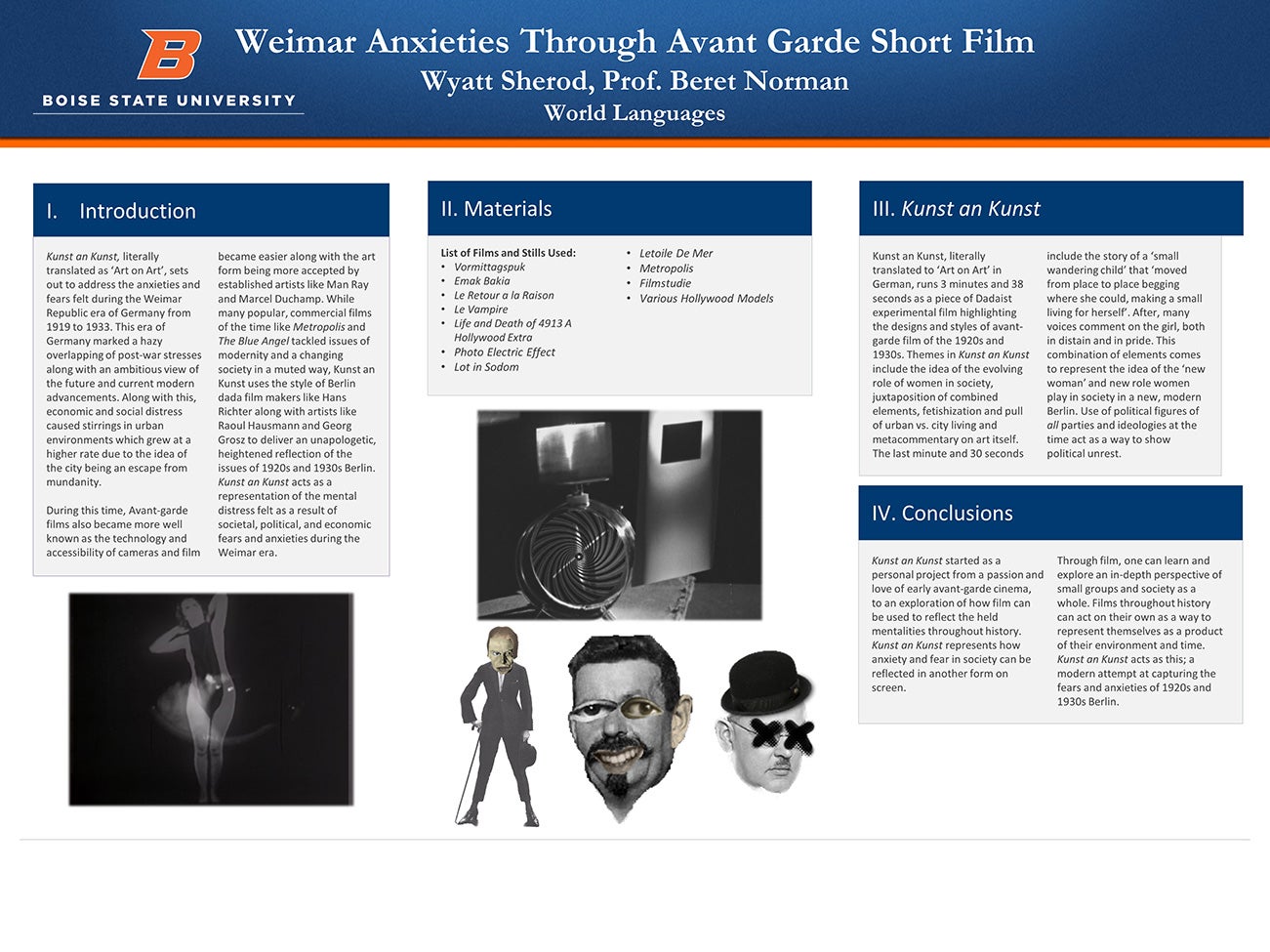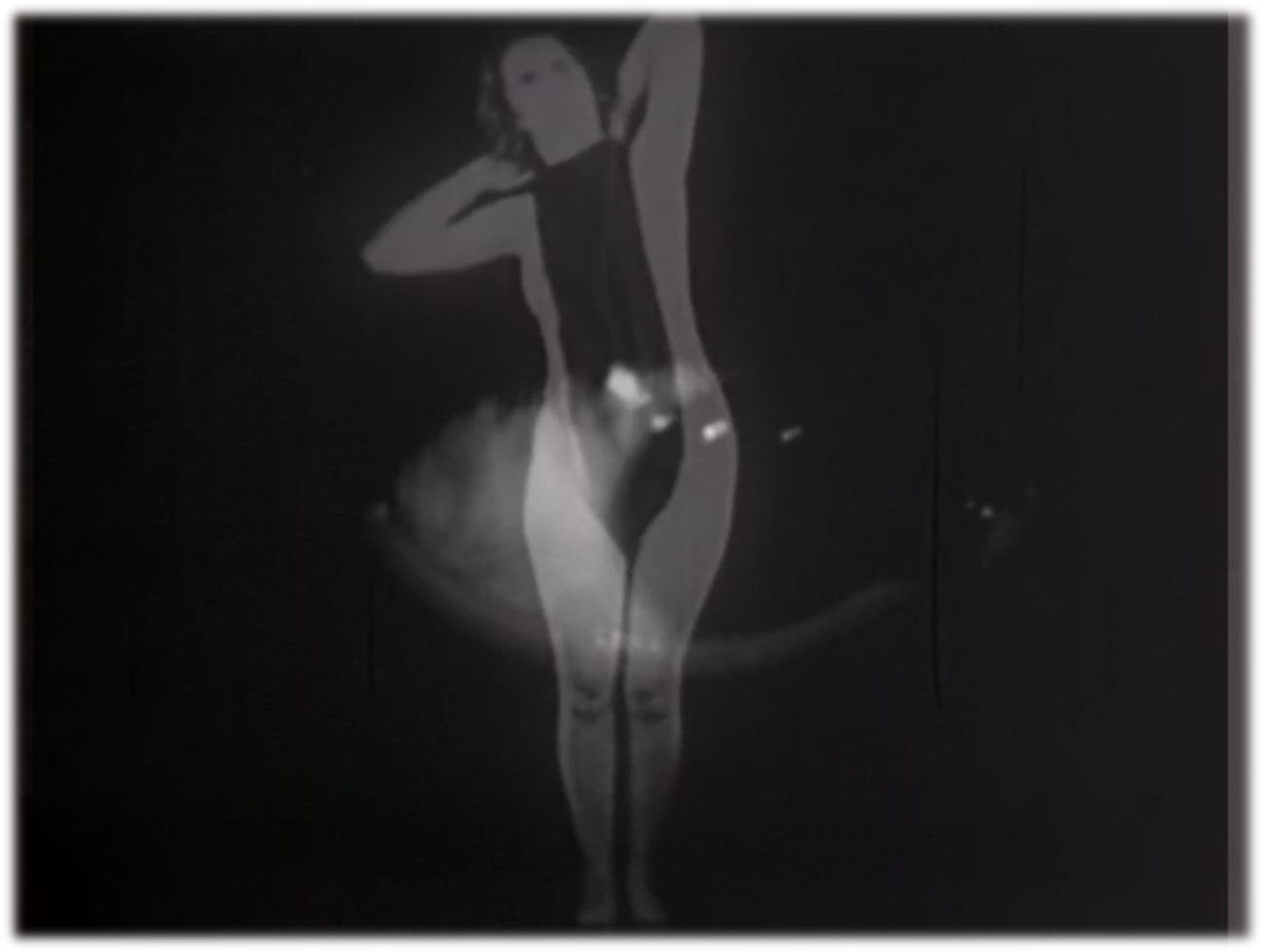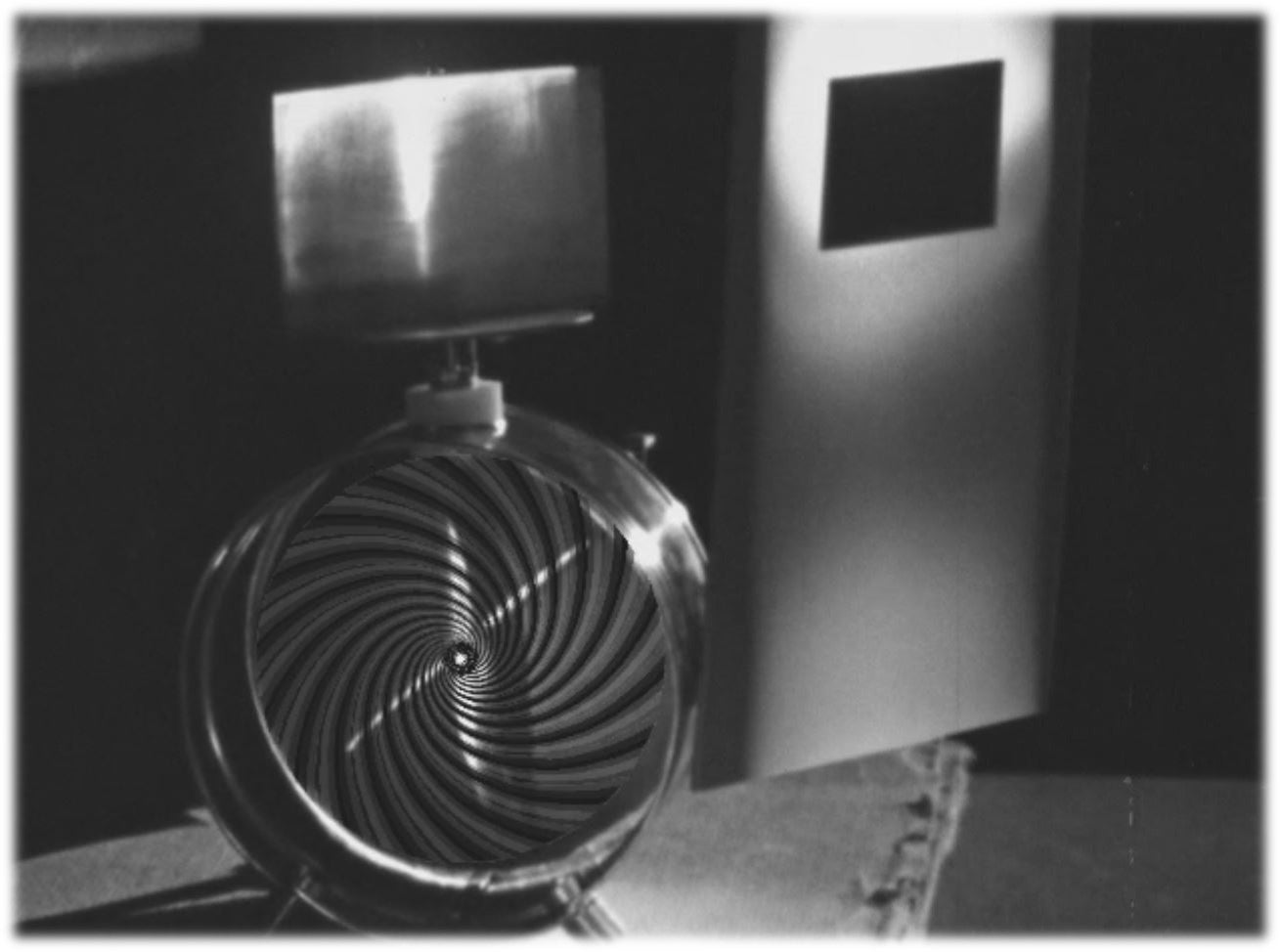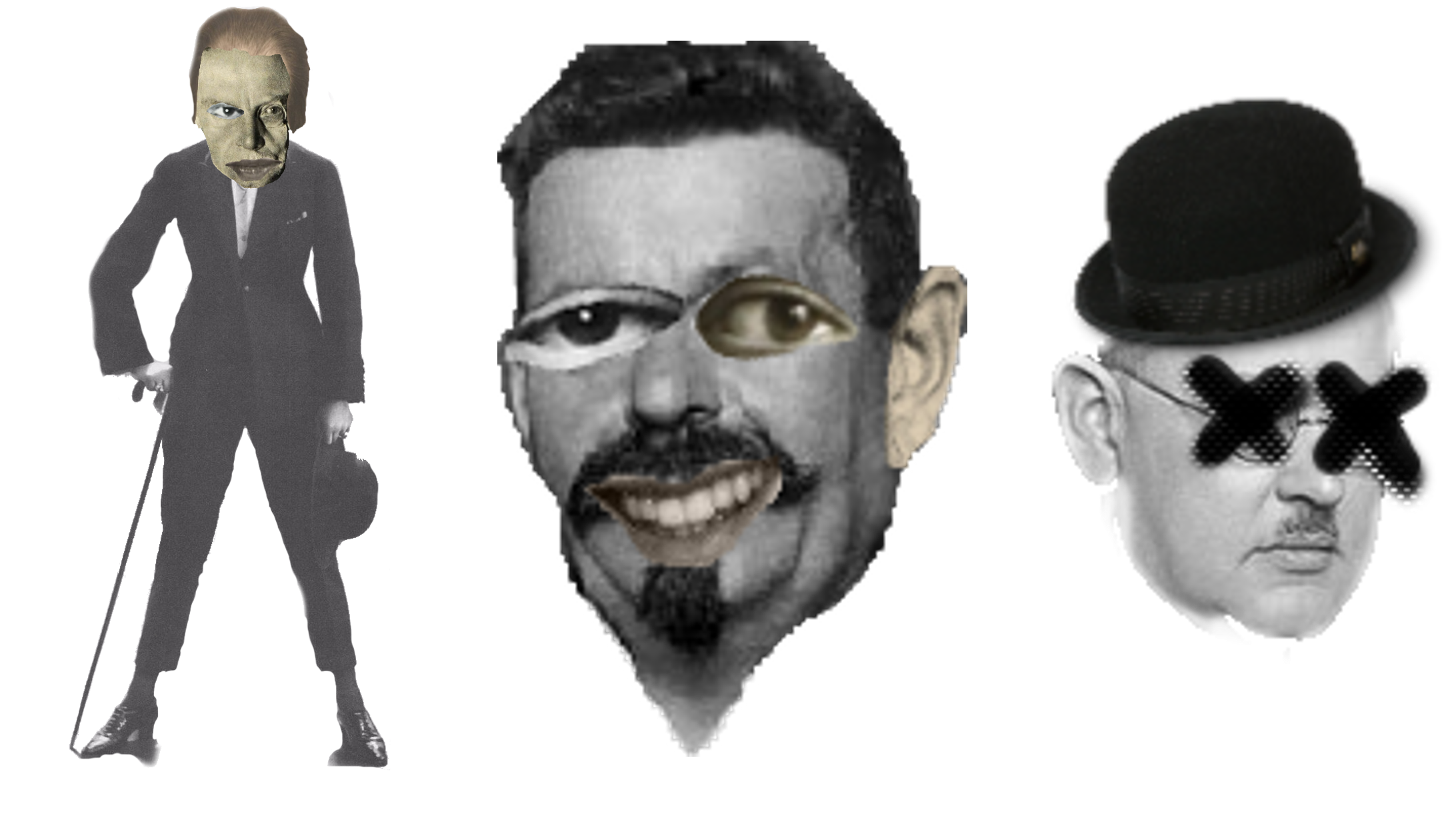Wyatt Russell Sherod, Dr. Beret Norman

Introduction
Kunst an Kunst, literally translated as ‘Art on Art’, sets out to address the anxieties and fears felt during the Weimar Republic era of Germany from 1919 to 1933. This era of Germany marked a hazy overlapping of post-war stresses along with an ambitious view of the future and current modern advancements. Along with this, economic and social distress caused stirrings in urban environments which grew at a higher rate due to the idea of the city being an escape from mundanity.

During this time, Avant-garde films also became more well known as the technology and accessibility of cameras and film became easier along with the art form being more accepted by established artists like Man Ray and Marcel Duchamp. While many popular, commercial films of the time like Metropolis and The Blue Angel tackled issues of modernity and a changing society in a muted way, Kunst an Kunst uses the style of Berlin dada film makers like Hans Richter along with artists like Raoul Hausmann and Georg Grosz to deliver an unapologetic, heightened reflection of the issues of 1920s and 1930s Berlin. Kunst an Kunst acts as a representation of the mental distress felt as a result of societal, political, and economic fears and anxieties during the Weimar era.
Materials

List of Films and Stills Used:
- Vormittagspuk
- Emak Bakia
- Le Retour a la Raison
- Le Vampire
- Life and Death of 4913 A Hollywood Extra
- Photo Electric Effect
- Lot in Sodom
- Letoile De Mer
- Metropolis
- Filmstudie
- Various Hollywood Models
Kunst an Kunst
Kunst an Kunst, literally translated to ‘Art on Art’ in German, runs 3 minutes and 38 seconds as a piece of Dadaist experimental film highlighting the designs and styles of avant-garde film of the 1920s and 1930s. Themes in Kunst an Kunst include the idea of the evolving role of women in society, juxtaposition of combined elements, fetishization and pull of urban vs. city living and metacommentary on art itself.

The last minute and 30 seconds include the story of a ‘small wandering child’ that ‘moved from place to place begging where she could, making a small living for herself’. After, many voices comment on the girl, both in distain and in pride. This combination of elements comes to represent the idea of the ‘new woman’ and new role women play in society in a new, modern Berlin. Use of political figures of all parties and ideologies at the time act as a way to show political unrest.
Watch Kunst an Kunst
Conclusion
Kunst an Kunst started as a personal project from a passion and love of early avant-garde cinema, to an exploration of how film can be used to reflect the held mentalities throughout history. Kunst an Kunst represents how anxiety and fear in society can be reflected in another form on screen.
Through film, one can learn and explore an in-depth perspective of small groups and society as a whole. Films throughout history can act on their own as a way to represent themselves as a product of their environment and time. Kunst an Kunst acts as this; a modern attempt at capturing the fears and anxieties of 1920s and 1930s Berlin.
Additional Information
For questions or comments about this research, contact Wyatt Russell Sherod at wyattsherod@u.boisestate.edu.
